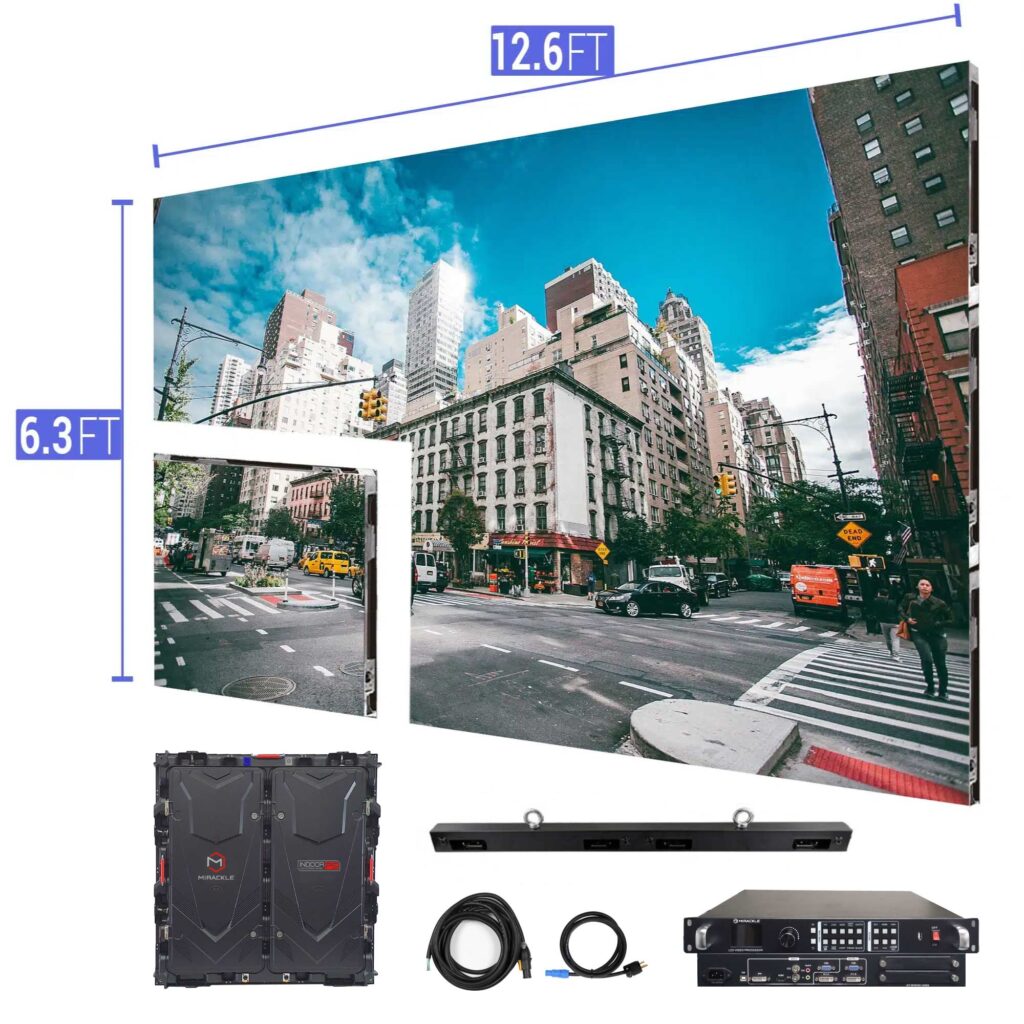Explaining Luminescent Wall Screen Illumination Measurements aiming at Optimal Visual Functionality
Explaining Luminescent Wall Screen Illumination Measurements aiming at Optimal Visual Functionality
Blog Article
Light Emitting Diode panel panels have become increasingly popular in different environments, including homes and commercial spaces as well as communal areas. These screens tend to be known for their bright and vibrant displays, which render these suitable to communicating information, advertisements, as well as engagement. Nevertheless, comprehending brightness illumination levels for Light Emitting Diode panel screens remains crucial to ensuring ideal visual efficacy. Brightness is measured in units called candelas, that show the amount of light is emitted from the screen. The higher the number in candelas, the brighter more luminous a display will be. For instance, instance, a panel with one thousand candelas stands considerably brighter compared to a featuring five hundred candelas, rendering this one better equipped for well-lit environments.
When choosing a LED wall screen, one is important in take into account the environment where that it will be used. For well-lit lit areas, like shopping malls and open-air settings, higher higher brightness rate becomes necessary for guaranteeing visibility. Conversely, in darker environments, such as cinemas and meeting spaces, a lower illumination rate might suffice. This excessive bright unnecessary brightness in a dim setting may result to discomfort for viewers, making it harder for concentrate with the display. Thus, comprehending specific specific requirements of the installation site will aid in selecting the right brightness level for ideal visual experience.
A further crucial element for take into account the the contrast ratio of the LED panel screen. This ratio ratio measures the difference between the brightest light versus the darkest black shade which the panel can produce. A greater differential proportion indicates the display can it can show more detail as well as richness, thereby improves overall image quality. For instance, a panel with a differential proportion full color led video walls at ten thousand to one will display images with greater brilliant colors and sharper features than a with a ratio at one thousand to one. Such becomes especially crucial in instances where displaying images or motion graphics which demand high clarity and fine details, including slideshows or advertising content.
Moreover, the mechanism that drives Light Emitting Diode panel panels plays an essential part in their illumination as well as total performance. Different kinds in LED technologies, such as Organic Light Emitting Diode and Liquid Crystal Display, possess distinct characteristics that impact the way luminosity is perceived. OLED screens often provide superior differential and darker shades, thereby may enhance the visual experience within darker environments. Conversely, standard LED news screens might prove to be better in well-lit spaces because of the capacity to produce greater amounts in illumination. Comprehending such tech-related variances will help consumers in making informed choices based on their specific needs.
Finally, regular maintenance and calibration for Light Emitting Diode panel screens may assist preserve ideal illumination as well as efficacy long-term. Dirt as well as dirt may build up in the surface, affecting the brightness and clarity of a visual. Regular washing as well as expert adjustment may guarantee the panel screen operates at its best, providing consistent image quality. Additionally, some sophisticated Light Emitting Diode panel screens feature with built-in features that allow users to modify illumination settings as well as hue adjustments according to their preferences. By implementing these steps, users can ensure the LED Light Emitting Diode panel screens deliver the best display performance, no matter where environment where that these are placed.